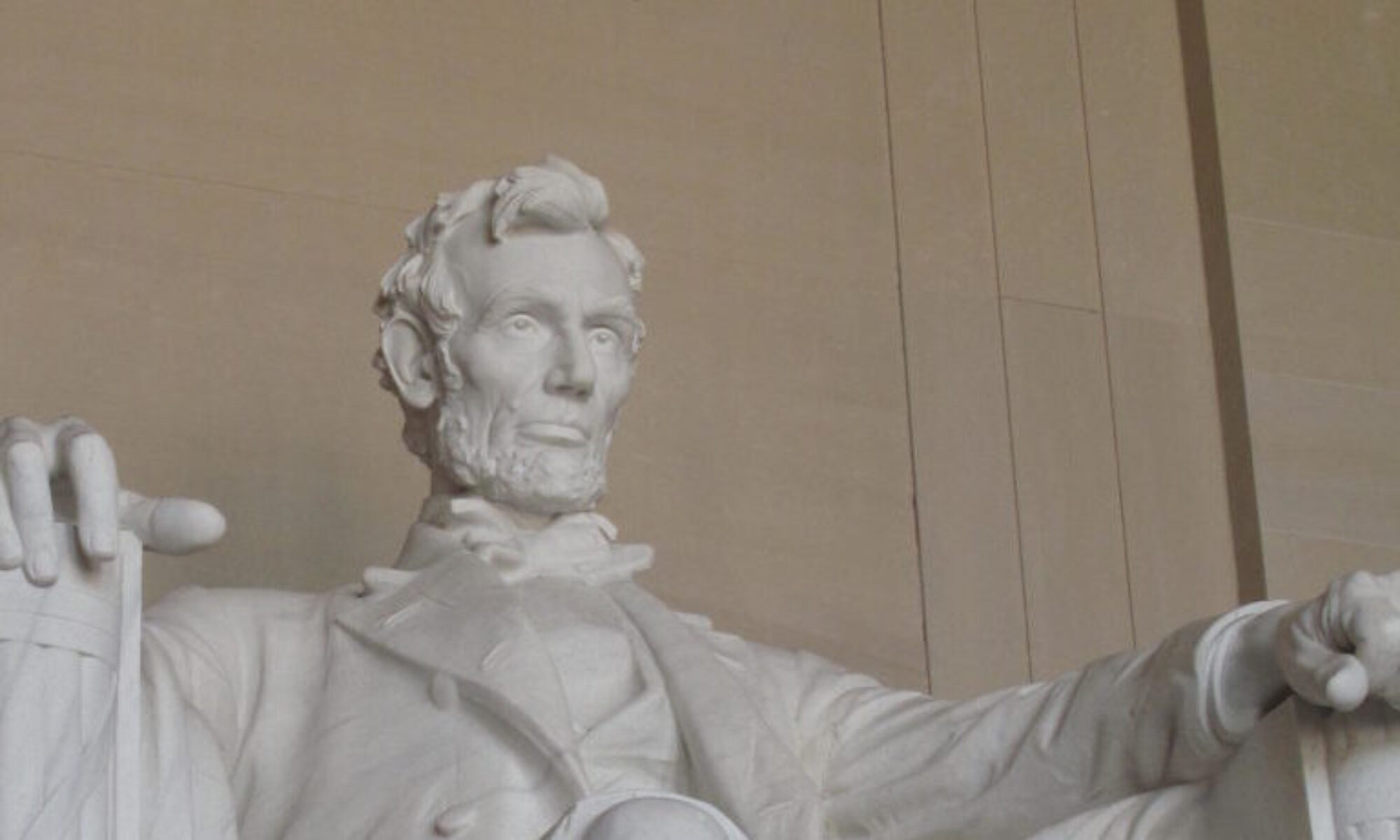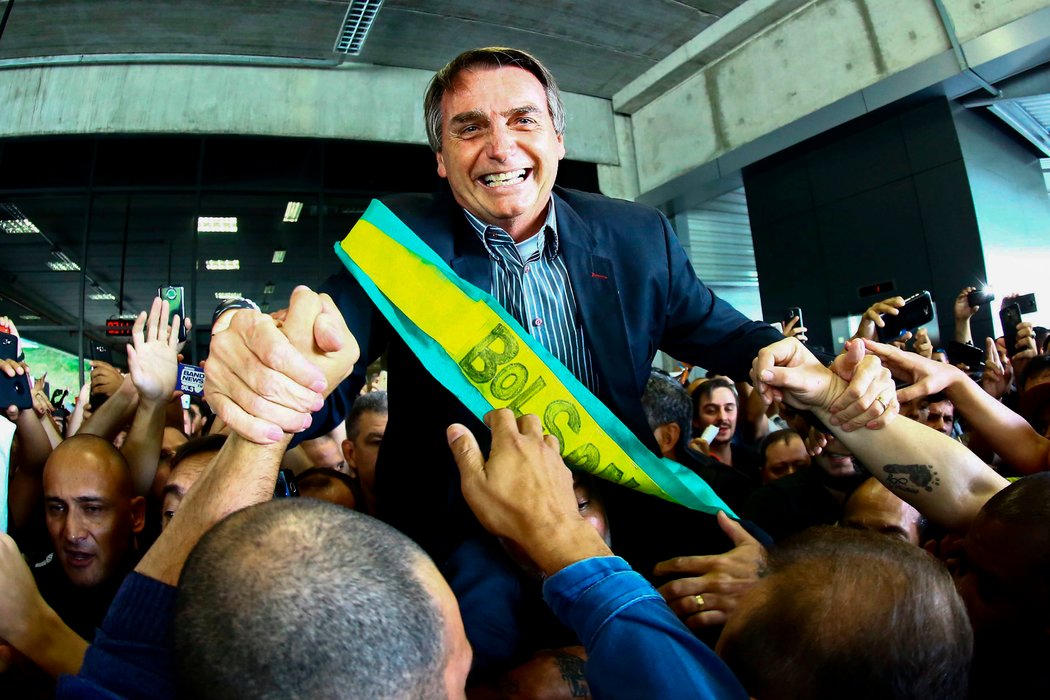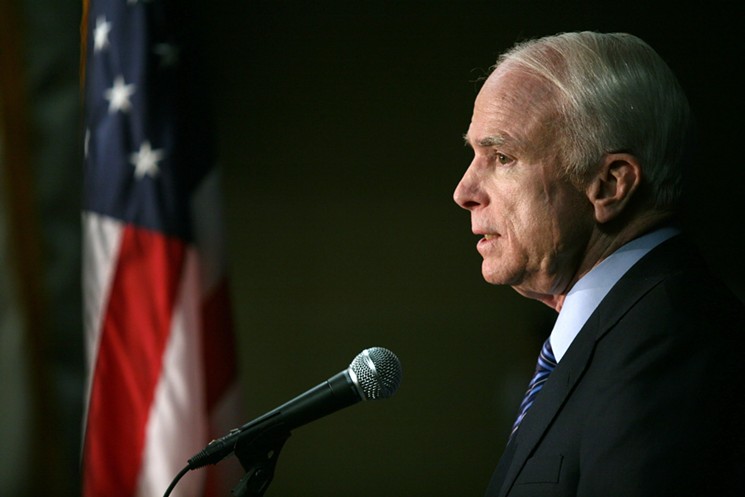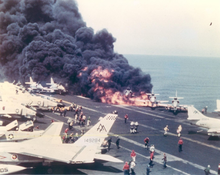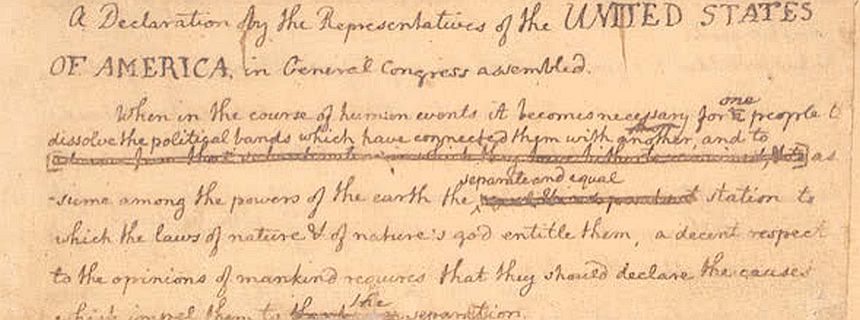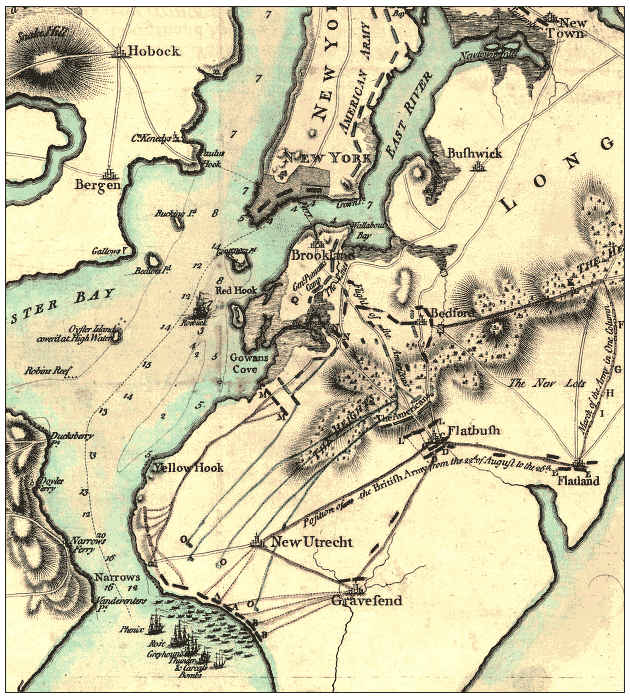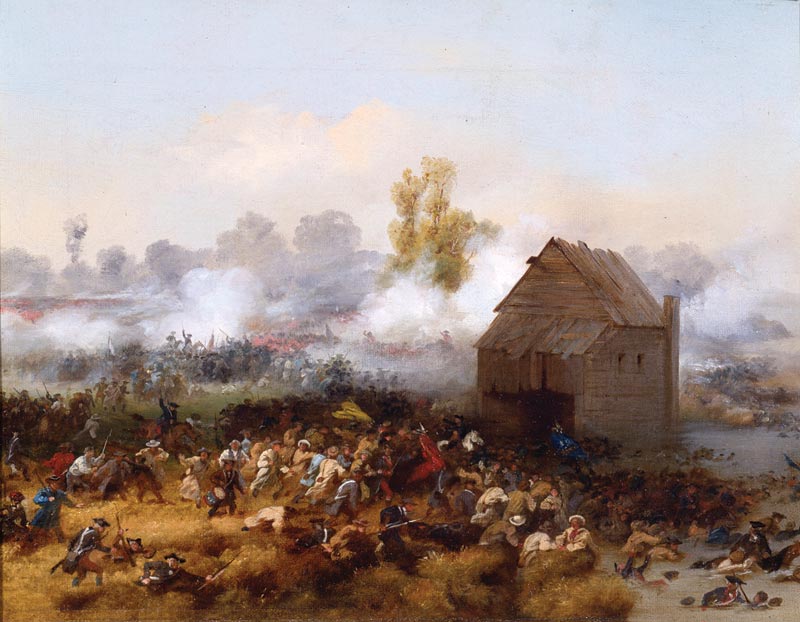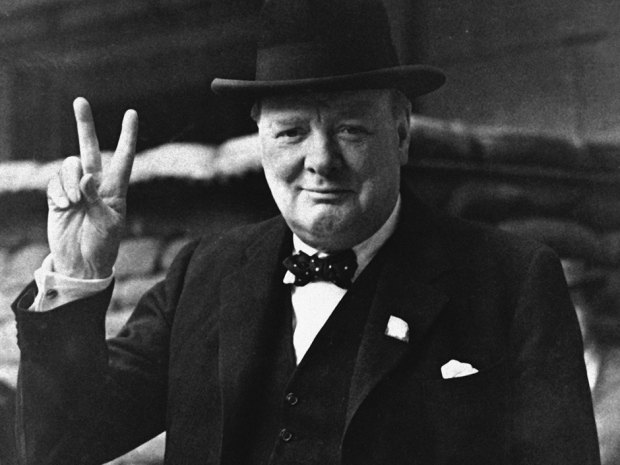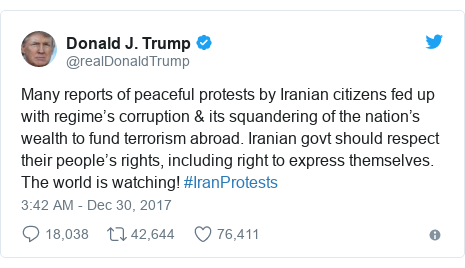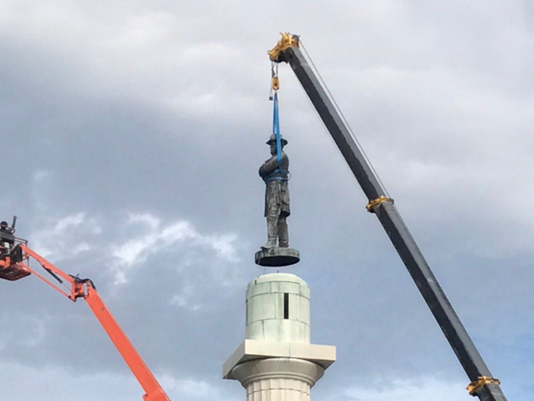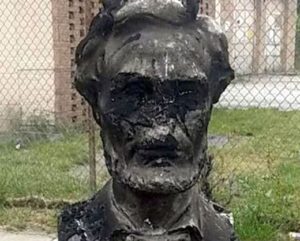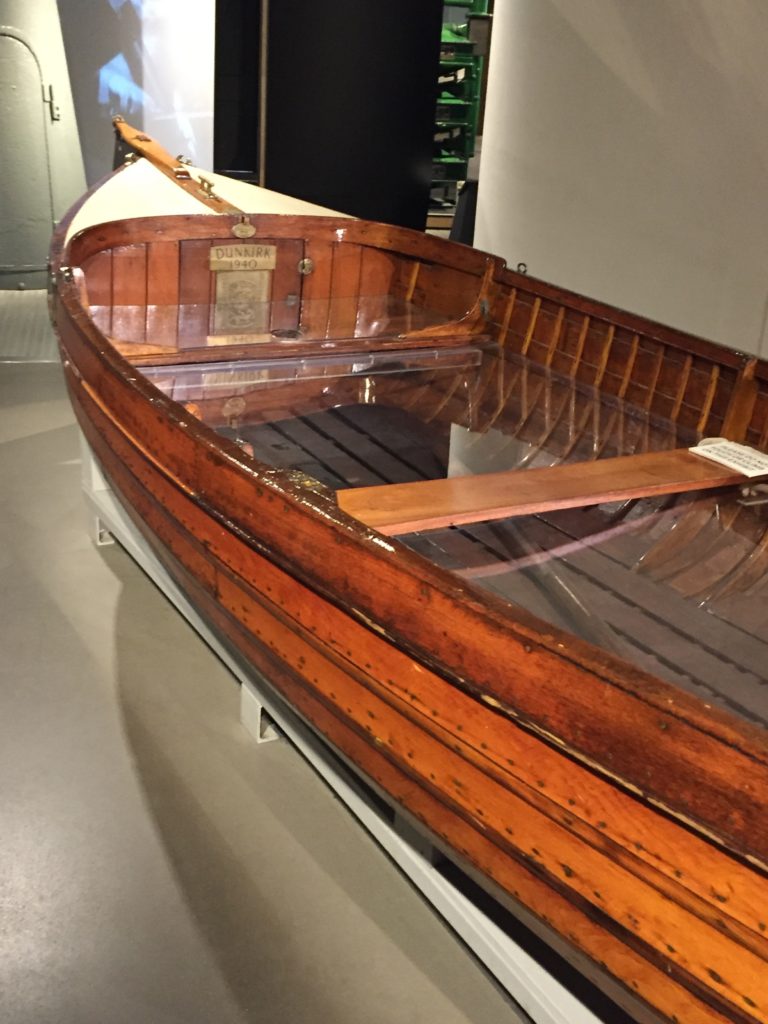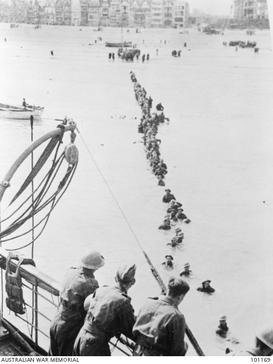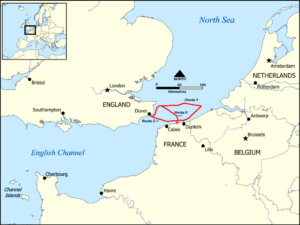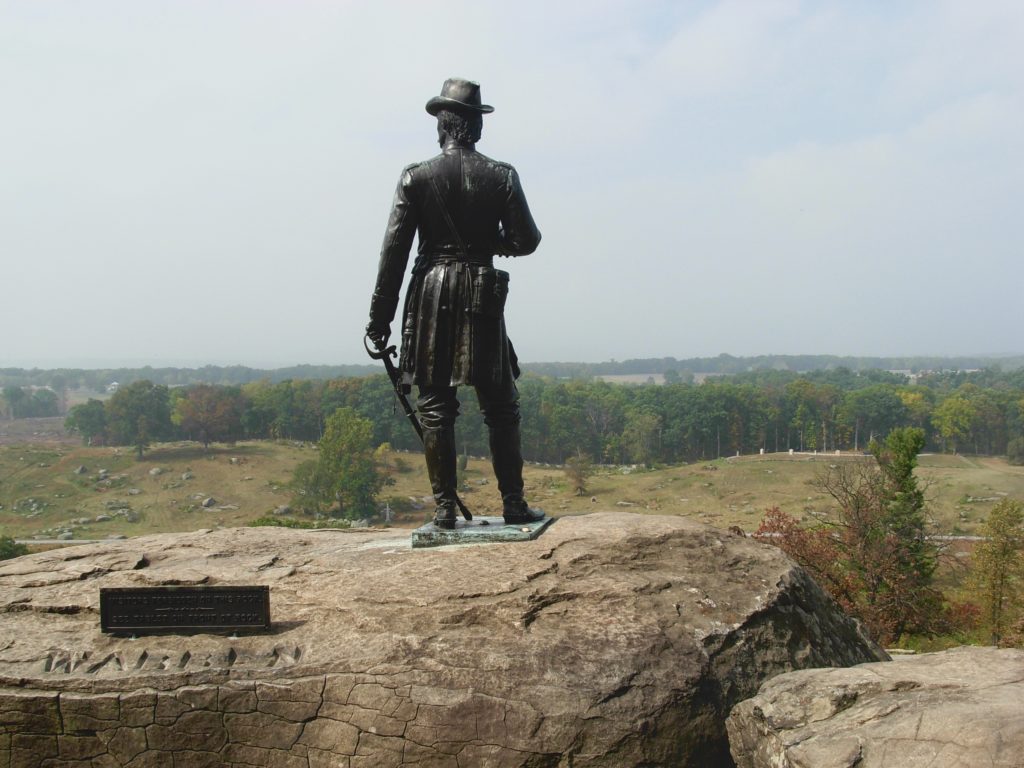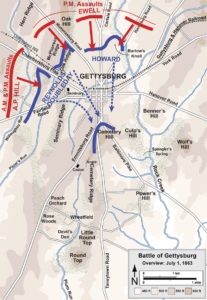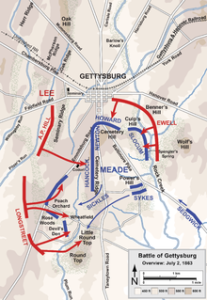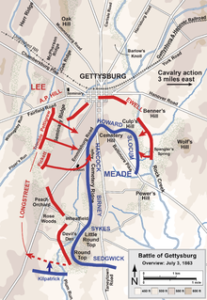
The quant notions of individual liberty and freedom of expression born out of the Enlightenment manage to resist extinction in the most unexpected of places. In a world where the mature democracies have grown tired of the responsibilities and maintenance the actualization of liberty requires, fresh examples of the yearning of a free people to control their own destinies and secure pursuit of happiness blossom like spring flowers in the tundra. Iran, under the oppressive theocracy that demands submission, sees a never ending stream of brave actions by common citizens who risk the thuggery of suppressors, imprisonment, and even death at the hands of government and its purchased enforcement arm. Venezuela, starved and humiliated by a gangster regime that has outsourced its further existence to the military autocrats of Cuba , yet somehow finds the strength to protest and persevere against the gang of socialist pretenders that hoard the levers of economic activity and basic survival. Now Hong Kong, a former colony of one imperial overlord, released only to be progressively subsumed by another, larger and more oppressive overlord, has decided to take the lessons learned from the first to stand up to the second. The desire for all to live a life of free will is currently finding its most fertile soil for nurturing in places that have had but a brief taste of its possibilities, once felt beyond the reach of this most “western” of ideals.
Hong Kong learned the hard way what freedom could mean. Existing for a 150 years as a colonial outpost to secure British imperial commercial ambitions of the vast mainland of China, could for the most part as expatriate Chinese only live indirectly in the glow of British concepts of juris prudence, democratic governance, educational opportunity, and international free market capitalism. Compared to the third and fourth world economies surrounding it though, Hong Kong populated almost entirely by Han Chinese, incorporated the enormous industriousness of their makeup and a world class harbor into the opportunity afforded by the British Empire to form one of its most successful and prosperous colonies. As a consequence of the legacy of this relationship, almost half of the 7.8 million people inhabiting the Kowloon Peninsula and surrounding islands maintain some form of British nationality and a quarter of a million are British citizens.
The concept of ‘colony’ even in the hands of a benign imperial administration is inherently artificial and pathologic, and ultimately as China finally found its bearings and national footing in the 1980s, the perpetuation of a colonial stain on the mainland was an overt insult and increasing anachronism of previous eras. The British had negotiated in 1898 a 99 year agreement from the Chinese to administer Hong Kong, and with the impending end of the agreement, China was in no mood and a contracted Great Britain in no position to perpetuate the arrangement. The British negotiated the return of sovereignty of Hong Kong to the Chinese government in 1997. No one asked the local residents their preference. What was to become of freedom minded Hong Kong under the thumb of a communist overlord? The British negotiated a salve that put forth the concept of “one nation two systems” that the Chinese government agreed to respect for 50 years. The value of such a buoyant economic engine and financial center oriented to the outside world appealed to the Communists of Beijing who had under Deng Xiaoping determined to inject a contorted capitalism into China to speed up its modernization while maintaining rigid control of society and dominance of its one party rule. The British were gone, and progressively the Chinese mainland looked to assert its dominance and progressive control of the profit drivers. The wild card no one took much heed of was, how much the local population had grown over the years to treasure its institutions of limited governance and personal freedoms. Genetically Chinese or not, the Hong Kong citizens had somehow absorbed the concepts of representative limited government and rule of law as not quant British relics but bedrock universal rights.
The inevitable has happened, as the Chinese authorities look to reel in Hong Kong into the subservient relationship the mainland Chinese have with their rulers, the people of Hong Kong refuse to play along. In the latest iteration, the communist appointed Chief Executive Carrie Lam has attempted to force through an extradition treaty that would give the mainland the ability to determine ‘unwelcome elements’ in the Hong Kong citizenry and extradite them to the mainland for communist inspired justice. The obvious consequences to the freedom loving citizens of Hong Kong made this attempt a bridge too far. Risking all in a world where increasingly governmental surveillance makes coordinated demonstration an extremely dangerous enterprise, democracy leaders in Hong Kong have managed massive protests that have paralyzed the government and raised the stakes extremely high to the authoritarians in Beijing. An even partial victory risks the freedom virus spreading onto the mainland Chinese cities and a potential return of Tiananmen Square instability; a crackdown a universal condemnation or worse. Freedom is a fundamental threat to any government forcing its citizens to live under less artificially, and the Chinese communists have held their position with ruthlessness when necessary.
The brave Hong Kong protesters soldier on, joining their compatriots in Iran, Venezuela, and other corners of the earth that have sought the liberty that mature democracies take for granted, and often are foolishly willing to give away. We live in interesting times, where the true bedrock values of freedom and liberty may need to be reinjected in our own psyche by the courageous and committed exemplars in places that have barely known such freedoms.
As Deng Xiaoping may have presciently, but inadvertently expressed – may a thousand flowers bloom…
